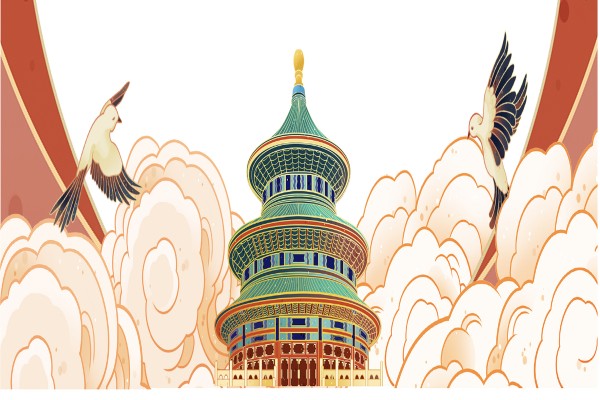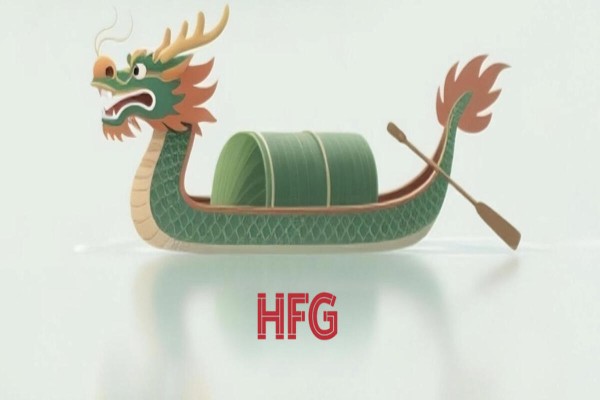Shanzhai creativity: when fake becomes original
The word “shanzhai 山寨” originally means “mountain village”, “mountain stronghold”.
The term refers to the mountain stockades of regional warlords or bandits, far away from official control. But now "Shanzhai" can also be stretched to refer to people who are lookalikes, low-quality or improved goods, as well as things done in parody.
In fact, the “Shanzhai” has taken on a broader connotation, meaning fake, unprofessional or homemade, a slang term for anything that steals ideas or styles from well-known brand. There are now also expressions such as shanzhaism, shanzhai culture, shanzhai spirit. There are shanzhai books, shanzhai movies, shanzhai actors and singers, even a shanzhai Nobel Price.
Of course some shanzhai products can infringe IP laws, but I’m not focusing on this. My analysis is from a cultural perspective. My aim is to show how “shanzhai” evolved and why sometimes can overcome the definition of copy and become original.
Initially, the term was applied to cell phones. Shanzhai mobile phones started their life around 10 years ago as forgeries of famous brand such as Nokia or Samsung, that looked exactly the same and were sold at 1/2-1/3 (even less) of the price of the branded product under names that reminded the original (Nokir, Sumsung, Samsing).
In order to deal with the intense competition, shanzhai phones producers made many innovations. Shanzhai mobile phones had at least 2 SIM cards. This may not be an award-winning design, but it effectively addressed the needs of Chinese customers who often use an additional local number when they travel.
In this way, Shanzhai is about implementing user needs in a short period of time. It follows the ratio of prototypes, in a simpler way (like “put it out there and see how it goes”). The production time is very short and the quality is of course compromised, but over time the product can improve.
Some Mobile phones had loud music speakers, terrestrial television and even a telescopic lens attached on the camera. One of them could also recognize fake money. Due to all those inventions, shanzhai phones were not simply forgeries: in terms of functions and design, they were hardly inferior to the originals.
Shanzhai can also be considered an open platform for grassroots innovation: Apple, Nokia, and Samsung smartphones get copied, but the knock-offs adapt the original designs in ways that appeal to Chinese customers.
We already know (cfr. The Japanese legitimation of copy) that when the forgeries develop variations and combination, and show a particular creativity, they gradually depart from original until they mutate themselves into originals.
“Established labels are constantly modified. Adidas becomes Adidos, Adadas, Adadis, Adis, Dasida, and so on. A truly Dadaist game is being played with these labels that not only initiates creativity but also parodically or subversively affects positions of economic power and monopolies. This is a combination of subversion and creation” (Byun Chul-Han, author of “Shanzhai: deconstruction in Chinese”, The Mit Press, Boston, 2017)
Just changing the name of the label is not a way to differentiate the product from the original and establish a new one, of course. But in some cases the parody is so evident and creative that the shanzhai ends up becoming not only a different, creative product but also a kind of hidden advertisement to the original product.
The purpose of shanzhai is not to make a copy and sell it for original, indeed. Rather it is to take inspiration from the original and invent something new, something that people can recognize as innovative and in some cases better than the original.
Alongside the evident fraudulent labeling, there are also fakes that transform the original by embedding it in a new context or giving it a surprising twist. Their creativity is based on active transformation and variation.
In the Chinese literature we can see a similar process. If a novel is very successful, imitations immediately appear. Take, for example, Harry Potter. A whole bunch of totally unauthorized Potter novels have been published in China, fakes that perpetuate and transform the original making the story more Chinese: Harry Potter and the Leopard-Walk-Up-To Dragon, Harry Potter and the Chinese Porcelain Doll, Harry Potter and the Chinese Overseas Students at Hogwarts School of Witchcraft and Wizardry, and many others. This is something more than classical Fanfictions, because these shanzhai novels adapt the plot to make it more appealing to Chinese readers.
There are many Shanzhai stars in the Chinese media, but in contrast with Elvis impersonators in the West, they are quasi-legitimate. Some, like Andy Lau and Jay Chou, are considered quite successful in their own right and have been invited to perform at local events. Embracing Shanzhai has created a business opportunity for performers to utilize their lookalike asset and build authentic fame. These impersonators have value for being Shanzhai, rather than because they can impersonate famous stars.
Shanzhai behavior is not necessarily against the law. Small-scale counterfeits, piracy, and plagiarism are part of shanzhai, but shanzhai primarily means “knock-offs” (clearly recognizable as such), parodies, irreverent protests, and “grassroots innovations” that exploit “the ambiguities” and skirt the rules rather than break them. Shanzhai culture and products are not deliberately set out to deceive. Indeed, their attraction lies in how they specifically draw attention to the fact that they are not original, that they are playing with the original.
Shanzhai products have their own charm, their own creativity, which is determined not by the discontinuity of a new creation that completely breaks with the old, but by the playful enjoyment of modifying, varying, combining and transforming the old.
HFG Law&Intellectual Property


